After six months of denial, Iran’s interior minister says up to 225 people were killed during the November 2019 protests following a petrol price hike imposed by the ruling regime to help compensate a devastated economy, according to reports on Sunday, May 31.
Officials in Iran have yet to issue an overall death toll for the unrest and refuse to provide any names. The timing of this acknowledgement is of no coincident. Knowing the world is focused on developments inside the U.S. and the global coronavirus pandemic, Tehran has chosen now to make this announcement with hopes of putting a lid on the actual death toll and bringing an issue to an end.
It is worth noting that the Iranian opposition National Council of Resistance of Iran (NCRI) was repeatedly issuing statements with updates on the number of protesters killed, injured and arrested by the Iranian regime’s authorities during the November 2019 uprising. After a string of similar reports, the NCRI reported on December 16 that over 1,500 protesters were killed by the regime’s security forces.

One week later, on November 23 Reuters issued a special report also indicating over 1,500 protesters were killed, citing three officials inside the Iranian regime’s Interior Ministry.
“About 1,500 people were killed during less than two weeks of unrest that started on Nov. 15. The toll, provided to Reuters by three Iranian interior ministry officials, included at least 17 teenagers and about 400 women as well as some members of the security forces and police,” the report reads.
Did Iran authorize three Interior Ministry officials to talk to Reuters and provide the 1,500 count to help keep a lid on the actual number of protesters killed and at least bring a political end to the NCRI reports? Quite possibly.
Now after six months of denial, at a time when the world is focusing on the global COVID-19 pandemic and the U.S. is engulfed in domestic developments just four months from the November 2020 presidential election, Iran’s regime considers this the perfect timing to issue a report with numbers far below that of the NCRI and Reuters, and even less than that of Amnesty International’s 304 death count report. From the regime’s perspective, this will bring a desperately needed end to this ordeal.
However, scenes of the November 2019 massacre launched by the regime against peaceful protesters will never be forgotten. Just recently, the U.S. Treasury Department sanctioned Iranian Interior Minister Abdolreza Rahmani Fazli and other senior law enforcement officials in connection with serious human rights abuses.
“The Iranian regime violently suppresses dissent of the Iranian people, including peaceful protests, through physical and psychological abuse,” said Treasury Secretary Steven T. Mnuchin.
Hassan Shahvarpour Najafabadi, Commander of the IRGC’s Vali Asr Base in Khuzestan province during the IRGC’s violent suppression of protestors in Nov 2019. In this province & Mahshahr alone, the IRGC killed at least 100 protestors in 3 days.
The scenes became horrific as regime security forces opened indiscriminate fire into crowds of protesters, killing men, women and children. This footage from is from the Saveh road located southwest of the Iranian capital Tehran. Scenes of protesters shot by the regime’s security forces opening fire. A man is heard saying four people were killed in this scene.
Shiraz was described as the epicenter of the Iranian people’s uprising against the mullahs’ regime. It was also probably the city where regime forces showed the utmost brutality. This footage is from November 18, 2019.
WARNING – DISTURBING FOOTAGE
The smaller cities surrounding Tehran were also scenes of major protests. Regime officials were ordering security forces to open fire and even shoot at point blank range, knowing the protesters were only just a few kilometers away from rallying towards sensitive regime headquarters in the capital Tehran.
This footage is from the city of Shahriar on November 16, 2019.
And regime forces resorted to unspeakable brutality. This footage is dated November 16, 2019, from the city of Karaj, located west of Tehran.
WARNING – DISTURBING FOOTAGE
Saveh, another city located southwest of Tehran, witnessed scenes of security forces opening direct fire at protesters as demonstrations continued over the gasoline price hike.
On May 20, 2020, the U.S. administration further indicated its insistence on standing alongside the Iranian people and not tolerating the regime’s dreadful human rights violations.
The Iranian people support sanctions against the mullahs’ regime ruling Iran. Listen to this internet taxi driver recording a message on March 25 saying specifically, “”Please do not provide any money to the Islamic republic. Not a single rial [Iranian currency] reaches the people. Please do not lift the sanctions from the filthy mullahs… That is exactly what they want.”
Even when the regime’s own state-media ask ordinary people about U.S. sanctions and their conditions, the answers provided are quite interesting, to say the least. This young man specifically points the finger at the mullahs’ regime and the ongoing financial corruption and embezzlement plaguing the country.
The Iranian people understand very well that U.S. sanctions also prevent the regime from funding the Assad regime & terrorist groups across the Middle East.
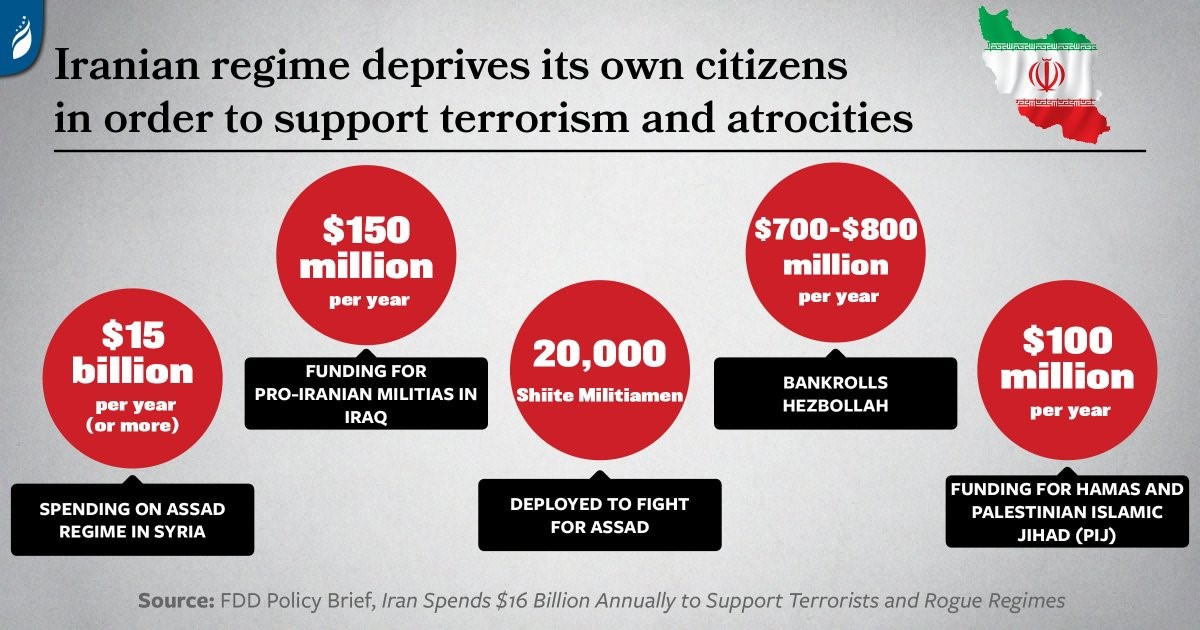
Mark my word: The at least 1,500 innocent Iranians killed by the mullahs during the brave November 2019 uprising did not die in vain.
I’ll end this piece with this footage. This is just one reason we, the Iranian people, will never forget the regime’s massacre back in November 2019. The scene is indeed painful and heartbreaking. But justice will be served.


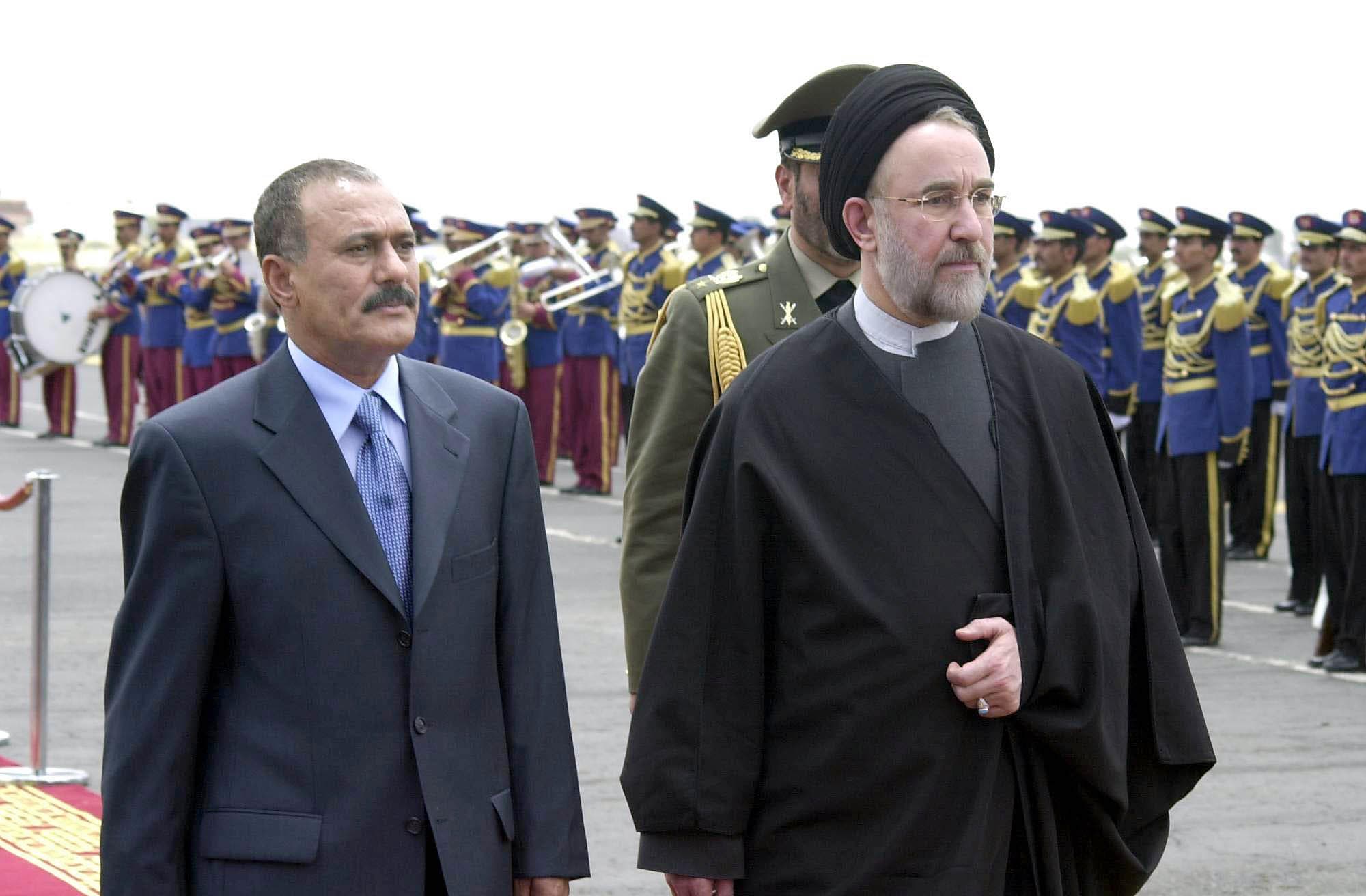


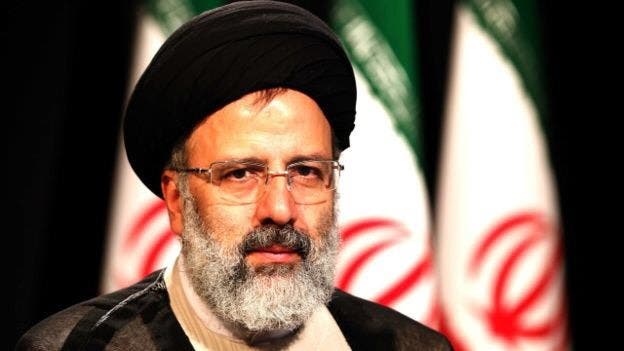
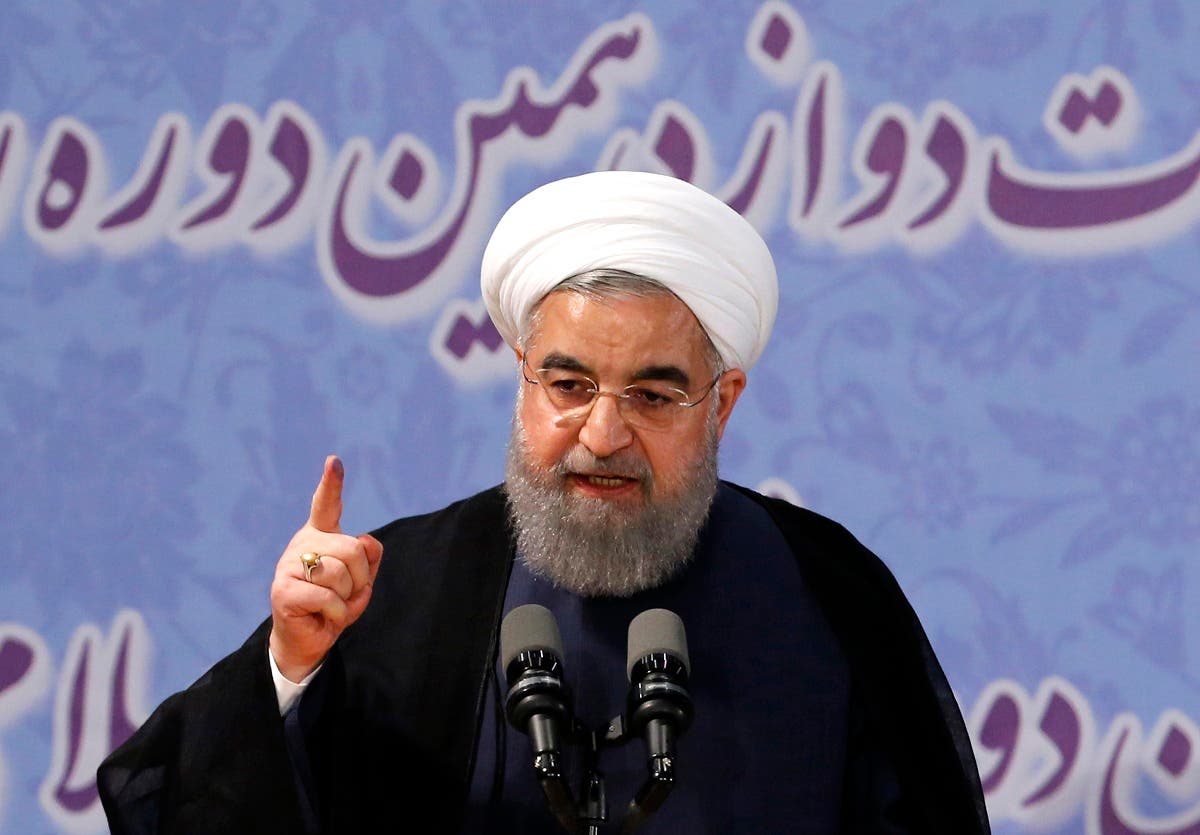





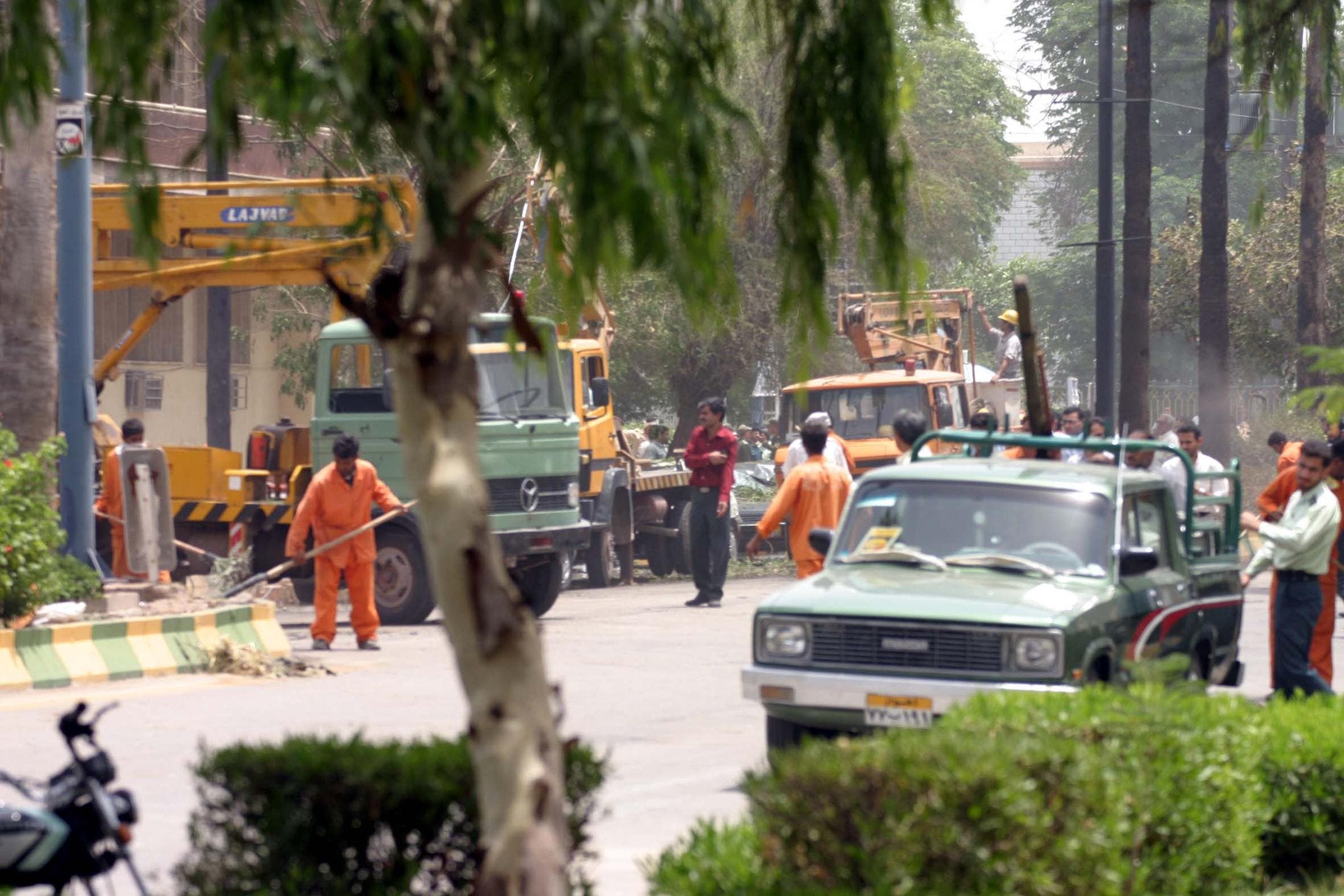 The city of Ahwaz in southwest Iran has been the scene of continuous unrest. (File photo: AFP)
The city of Ahwaz in southwest Iran has been the scene of continuous unrest. (File photo: AFP)
